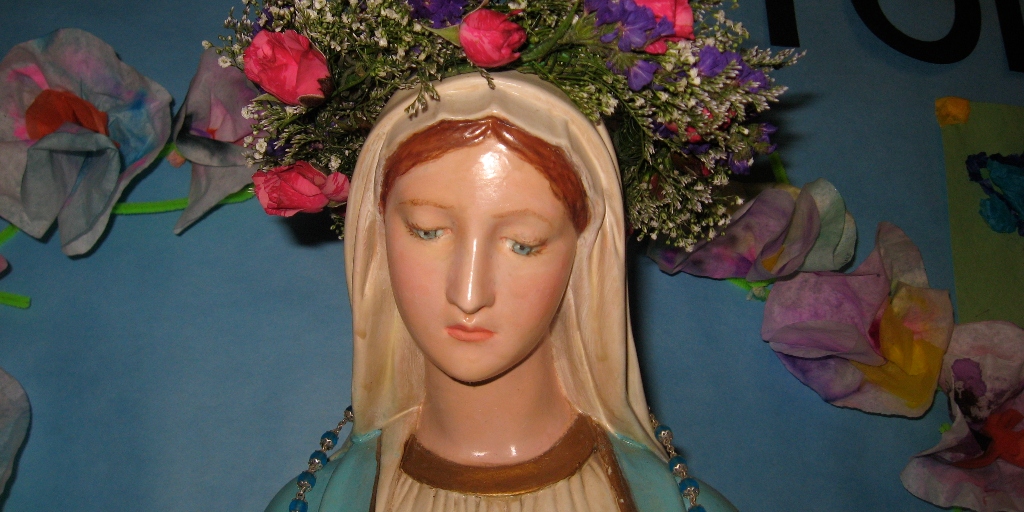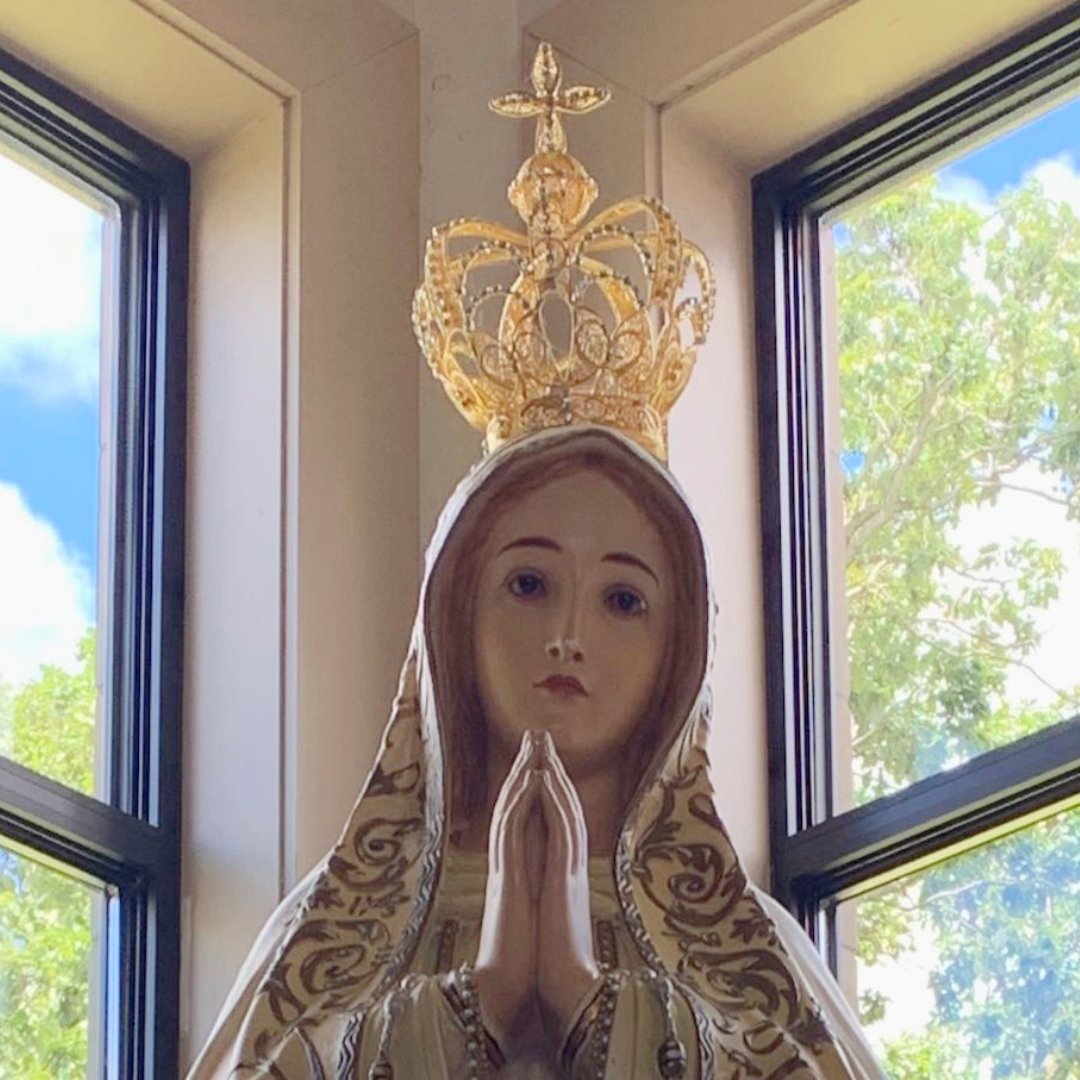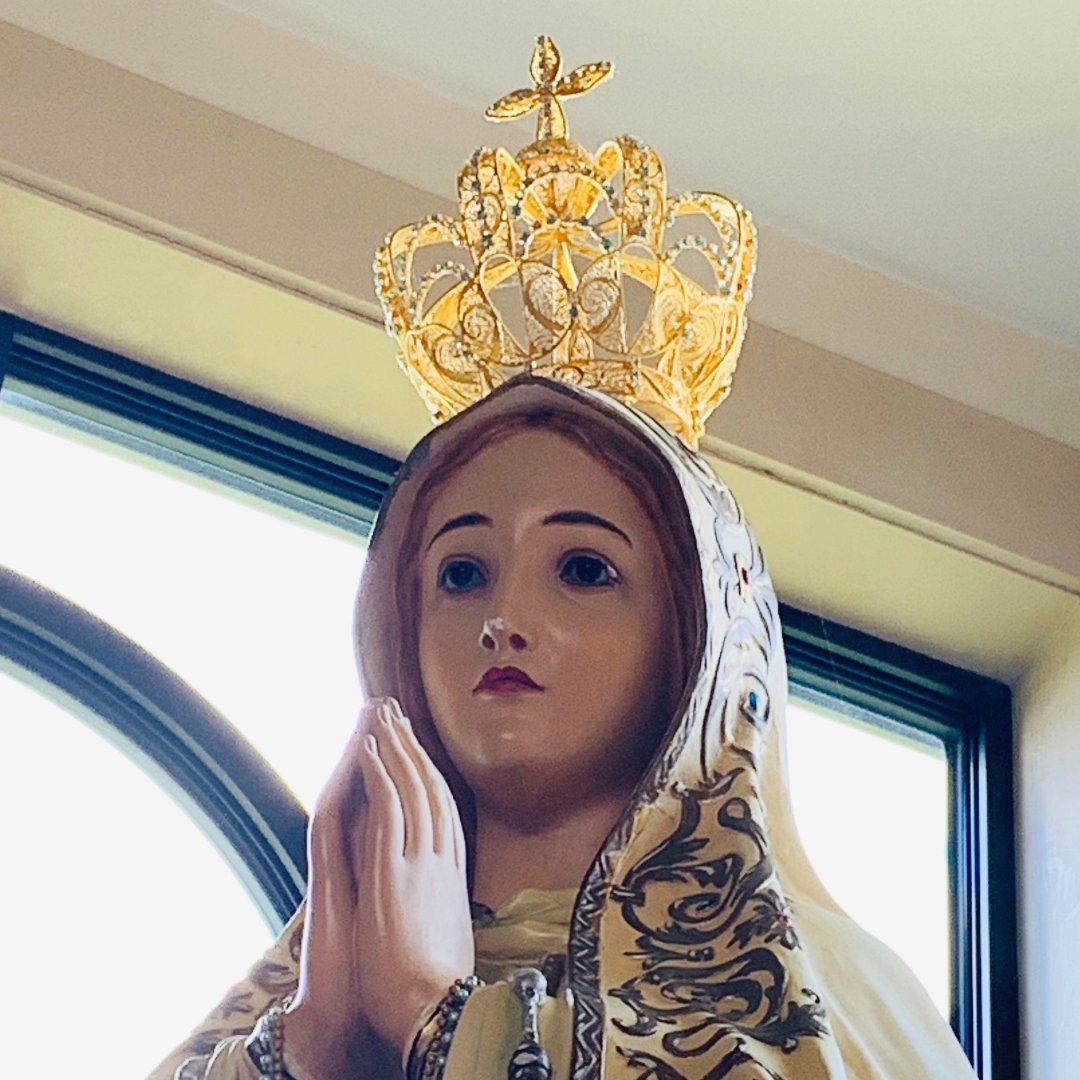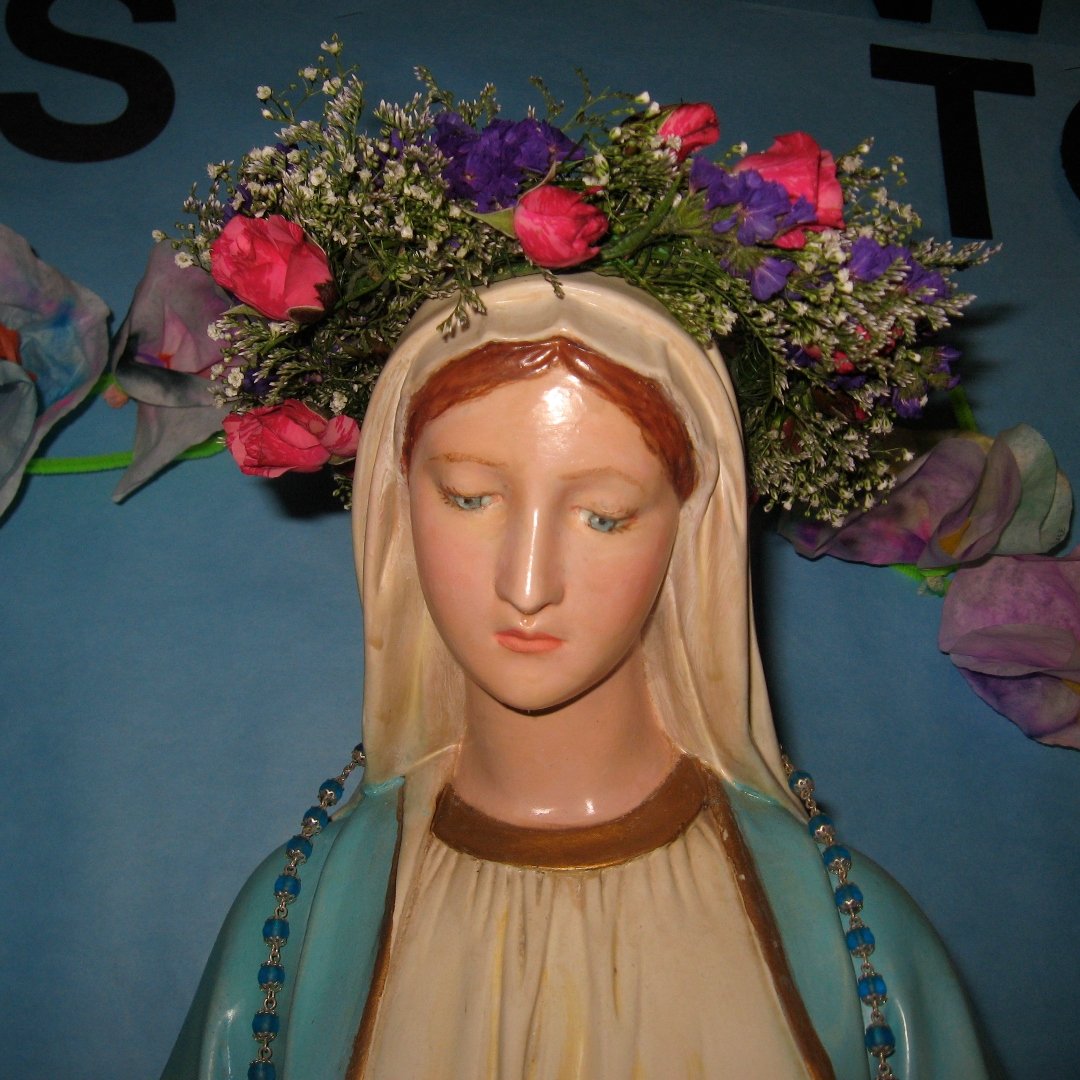
Rosemary Bogdan discusses the Church's rich tradition of devotion to Mary, Queen of Heaven.
Salve, Regina Caeli: thus we have honored our heavenly Queen since at least the 12th century. The Litany of Loretto, approved by Pope Sixtus V in 1587, asks for the intercession of Our Lady under numerous royal titles:
Queen of angels, pray for us.
Queen of Patriarchs, pray for us.
Queen of Prophets, pray for us.
Queen of Apostles, pray for us.
Queen of martyrs, pray for us.
Queen of confessors, pray for us.
Queen of virgins, pray for us.
Queen of all saints, pray for us.
Queen conceived without original sin, pray for us.
Queen assumed into Heaven, pray for us.
Queen of the holy Rosary, pray for us.
Queen of families, pray for us.
Queen of peace, pray for us.
But it was in 1954 that Pope Pius XII established the feast of Mary’s Queenship that we celebrate today. (It was originally designated as May 31 and later changed to August 22, the octave after the Solemnity of the Assumption of the Blessed Virgin Mary.) In his proclamation he writes that Mary’s Queenship has been noted in ancient Church documents as well as in the sacred liturgy. The hymns Salve Regina and Regina Caeli are perfect examples of ancient hymns from over a millennia ago that refer to Mary as queen. They are still sung today. This was not a new teaching. It was a proclamation of a truth that the Church as the Body of Christ had already declared hundreds of years prior.
Pope Pius XII quotes numerous saints who referred to Mary as Queen from the earliest days of the Church. Fourth century saints Gregoria of Nazianzen, Saint Ephrem, and Saint Germanus all extolled Mary as queen. Numerous ancient theologians have done the same. Examples also abound in sacred liturgy. The encyclical proclaiming Mary’s Queenship, Ad Caeli Reginam, explains quite clearly that the Queenship of Mary was not a new idea, but rather a very old belief of the Church.

The image of Our Lady perhaps most associated with her Queenship is Our Lady of Fatima. She is frequently shown wearing a beautiful golden crown, although she was not wearing a crown during the appearances on the 13th day of six consecutive months to three shepherd children. It was the people of Portugal who wanted her crowned. They donated jewelry—thousands of pieces of precious jewelry and gemstones for the construction of the crown. In the end there were two crowns. The silver one she wears daily, the gold on her feast day and on the 13th day of the months of her appearances, and on papal visits. Read the National Catholic Register’s description of the making of the crown.
These were no small donations from the people of Portugal. And note that the crowns were completed in 1942, over a decade before Pope Pius XII proclaimed Mary’s queenship. It was also in that year that Pope Pius XII consecrated the world to the Immaculate Heart of Mary. Two years later he instituted the Feast of the Immaculate Heart of Mary.
We remember that the attempt to assassinate Pope John Paul II was on the thirteenth day of May, the Feast of Our Lady of Fatima. The Saint John Paul II Society website notes that the great saint said of that day, “One hand pulled the trigger, another guided the bullet.” Somehow, though he was shot at close range, no major organs were hit.

A year after that dreadful day Pope Saint John Paul II traveled to Fatima with the bullet that nearly took his life. It was placed inside the crown in a spot that exactly matched the diameter of the bullet.
So today we celebrate the queenship of Our Lady, the queen of our hearts, our heavenly mother, and the monarch who reigns as the mother of God.
Oh, Queen of all saints, Queen of peace, in your goodness, pray for us all.

Copyright 2022 Rosemary Bogdan
Images: copyright 2022 Rosemary Bogdan, all rights reserved.
About the Author
Rosemary Bogdan
Rosemary Bogdan is a wife, mother of six adult children, and a grandmother. She homeschooled her children when they were young and currently substitute teaches at her favorite Catholic school. When not spending time with her family, Rosemary writes at A Catholic Mother's Thoughts and Catholic365.com.


.png?width=1806&height=731&name=CatholicMom_hcfm_logo1_pos_871c_2728c%20(002).png)
Comments